The Environmental Benefits of Rugged Handheld Terminals
In industries like logistics, manufacturing, and field services, rugged handheld terminals (RHTs) have become indispensable tools for data collection, inventory management, and real-time communication. While their durability and efficiency are well-known, their environmental benefits are often overlooked.
As businesses worldwide push for sustainability, rugged handheld devices offer significant ecological advantages over traditional consumer-grade electronics. This blog explores how RHTs contribute to environmental conservation through energy efficiency, reduced waste, and sustainable manufacturing practices.
1. What Are Rugged Handheld Terminals?
Rugged handheld terminals are specialized mobile computers designed to withstand harsh environments. Key features include:
-
Durability: Waterproof, dustproof, and shock-resistant (IP67 or MIL-STD-810G rated).
-
Long Battery Life: Optimized power consumption for extended use.
-
Modular Design: Easily repairable and upgradable components.
-
Energy-Efficient Processors: Lower power usage without sacrificing performance.
These qualities make them ideal for industries such as:
✔ Warehousing & Logistics
✔ Construction & Field Services
✔ Healthcare & Retail
2. Environmental Benefits of Rugged Handheld Terminals
A. Reduced Electronic Waste (E-Waste)
Consumer smartphones and tablets often have short lifespans (2–3 years) due to fragility and planned obsolescence. In contrast, RHTs:
-
Last 5–8+ years due to rugged construction.
-
Support modular repairs (replaceable batteries, screens, and ports).
-
Reduce replacement frequency, cutting down on e-waste.
Impact: Fewer devices discarded = less toxic landfill waste (batteries, plastics, heavy metals).
B. Lower Energy Consumption
Rugged terminals are optimized for efficiency:
-
Power-saving modes extend battery life.
-
Solar-charging options available for some models.
-
Efficient processors consume less energy than consumer-grade devices.
Example: A warehouse using 100 RHTs instead of consumer tablets can save ~20% in annual energy costs.
C. Sustainable Manufacturing Practices
Many RHT manufacturers adopt eco-friendly production methods, such as:
-
Recycled materials in device casings.
-
Reduced hazardous substances (RoHS compliance).
-
Energy-efficient factories with lower carbon footprints.
Case Study: Zebra Technologies’ LifeGuard for Android™ program extends software support for RHTs, prolonging usability and reducing waste.
D. Paperless Operations & Reduced Carbon Footprint
RHTs eliminate the need for:
-
Printed invoices, delivery notes, and checklists.
-
Manual data entry, reducing errors and rework.
Impact: A single logistics company switching to RHTs can save tons of paper annually, reducing deforestation and transportation emissions.
3. Comparing Rugged Terminals vs. Consumer Devices
| Factor | Rugged Handheld Terminals | Consumer Tablets/Smartphones |
|---|---|---|
| Lifespan | 5–8+ years | 2–3 years |
| Repairability | High (modular design) | Low (often glued/sealed) |
| Battery Life | 12–24 hours per charge | 6–10 hours per charge |
| E-Waste Generation | Low (fewer replacements) | High (frequent upgrades) |
| Energy Efficiency | Optimized for work tasks | General-purpose, less efficient |
4. Industry Applications & Environmental Impact
A. Logistics & Warehousing
-
Paperless picking and packing reduces waste.
-
Optimized route planning via RHTs cuts fuel consumption.
B. Field Service & Construction
-
Reduces need for printed blueprints and manuals.
-
Cloud-based reporting minimizes travel for paperwork.
C. Healthcare
-
Digital patient records replace paper files.
-
Durable devices withstand hospital disinfectants, reducing replacements.
5. Challenges & Considerations
While RHTs are eco-friendly, some limitations exist:
-
Higher initial cost than consumer devices (though long-term ROI justifies it).
-
Limited consumer adoption (mainly used in industrial sectors).
-
Recycling programs for rugged devices are less common than for smartphones.
Solution: Manufacturers should expand trade-in and recycling initiatives for end-of-life RHTs.
6. Future Trends in Eco-Friendly Rugged Devices
-
Biodegradable materials for device casings.
-
AI-powered energy optimization for smarter battery use.
-
More solar-powered RHTs for off-grid operations.
Conclusion: Why Rugged Handheld Terminals Are a Green Choice
Rugged handheld terminals offer a sustainable alternative to disposable consumer electronics by:
✔ Lasting longer, reducing e-waste.
✔ Consuming less energy, lowering carbon footprints.
✔ Enabling paperless workflows, saving trees.
For businesses committed to corporate social responsibility (CSR) and cost efficiency, investing in RHTs is both an operational and environmental win.
Recommendations for Businesses:
-
Audit current device usage to identify waste.
-
Choose RHTs with eco-certifications (EPEAT, Energy Star).
-
Partner with manufacturers offering recycling programs.
By adopting rugged handheld terminals, industries can boost productivity while protecting the planet.
No comments






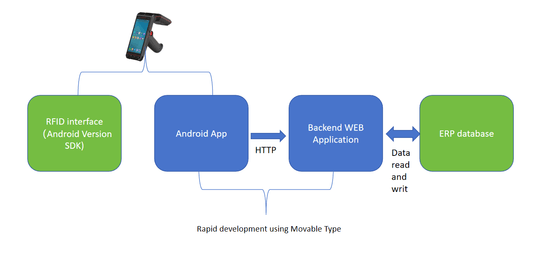
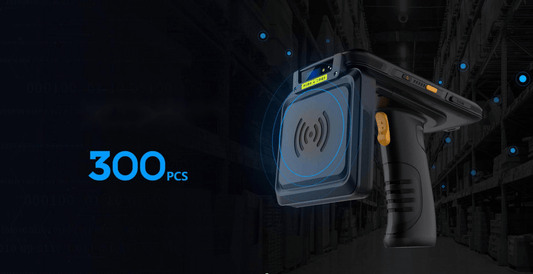
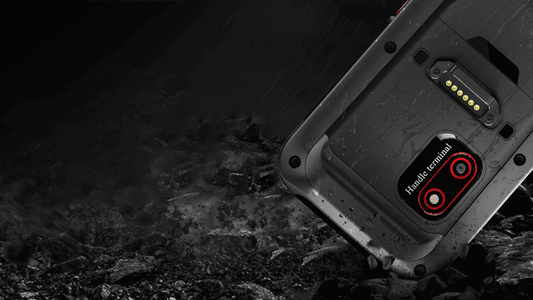


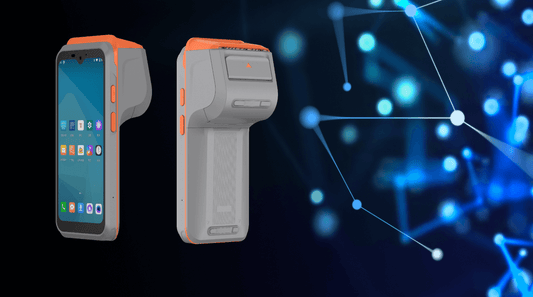
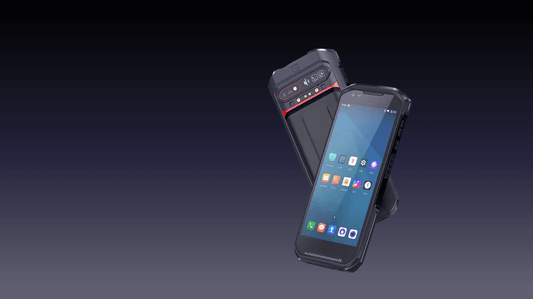
0 comments